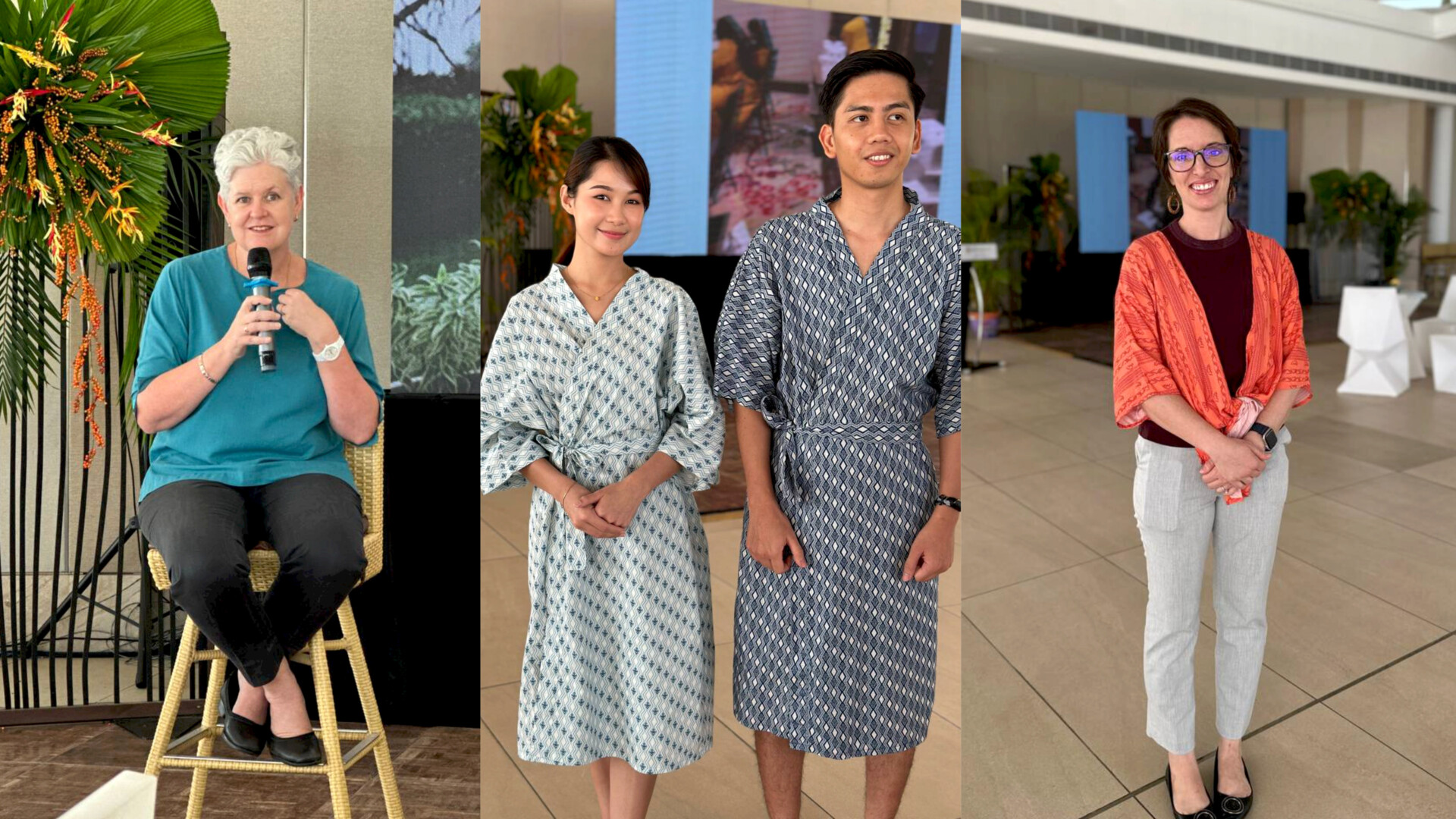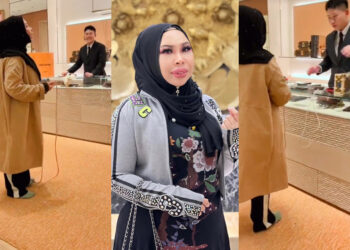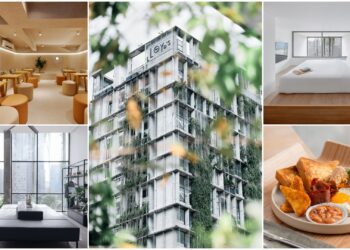Some people come into our life as a blessing, while others come into our life as a lesson. For Bethany Dawson, it was fate when she ran into Shangri-La Rasa Ria’s General Manager, Fiona Hagan, in the resort restroom during the pandemic. “I tend to be a very bold person and I’ve learnt that you also have to have your 30-second pitch ready to go,” the Changgih Designs founder proclaimed.
“I knew Fiona because I had heard great things about her and of course, Rasa Ria, we know, is amazing quality and the standard, in my opinion, in hotels and resorts in Sabah. So, when I ran into her, I introduced myself, gave a little pitch on who I was and she said ‘Let’s meet up’ and that is how we arrived here today,” Bethany recalled.
The stars aligned and it was a match made in heaven. In recent years, Shangri-La Rasa Ria has been fostering sustainable business practices with the intention to create a positive impact and add value to the local Tuaran community. While the award-winning resort is already known for its 64-acre Rasa Ria reserve and various recreational activities (including the impressive golf course), the most important piece is of course, the community, where over 80% of the staff live within Tuaran.

“We found a partner to work with us that has shared values (with us) and those values to us are really important on the authenticity of the experience. So when we provide the experience to the guests, it’s important that you speak to the local people who live here, who are so proud to share with you their stories or their family and their traditions. And then secondly, we wanted to focus on products that are locally made in Sabah, at a high level of quality. We are Shangri-La, so it is really important to us that we provide exceptional experiences for our guests so it is important that we work with partners that share that same value as we have,” said Fiona.
She continued, “Thirdly, is the storytelling. It’s easy for us to go into a partnership and tick boxes and place orders but I think, the most important piece is our people of Rasa Ria – Are they able to bring these stories to life? Are they able to tell you about the experiences that you will have today? Are they able to tell you about where fabric comes from or the traditional authentic experience of the batik canting? Because it’s those stories that people will take home with them. They will take these stories back to their communities, back to their friends and families. They’re going to talk about this extraordinary place in Sabah and they will talk about Rasa Ria, and about Tuaran. And hopefully, encourage more people to then travel back to Sabah so we feel really proud of our experience today.”

The partnership between Shangri-La Rasa Ria and Changgih Designs has resulted in 3 community projects so far:
- Repurpose of discarded hotel linen: Bed linens are recycled into drawstring bags that are available for purchase at the Rasa Ria Reserve.
- Batik Canting training: Female artisans ranging from stay-at-home moms to grandmothers are able to hone their craftsmanship and pick up new skills while earning some income.
- Sarimpak Robe: The kimono robes embodies Rasa Ria’s nature and harmony vibes. They are available for adults and children staying in the hotel’s Suites and Family rooms.
During the launch, Bethany told us that the backbone of Changgih Designs consists on 2 main objectives. “The first one is that we are ethnically inspired which means that each of our prints, like the robes we made for Rasa Ria, and all of the things we made, have some kind of tie to the culture. We also share the story behind it so that people can really feel the genuine connection with what that story means and how it’s gone on for generations. Secondly, we are community-driven. We want our artisans to have a say in their wages,” she said, adding that by giving a voice to the local community, it’ll give them a sense of ownership within the business.
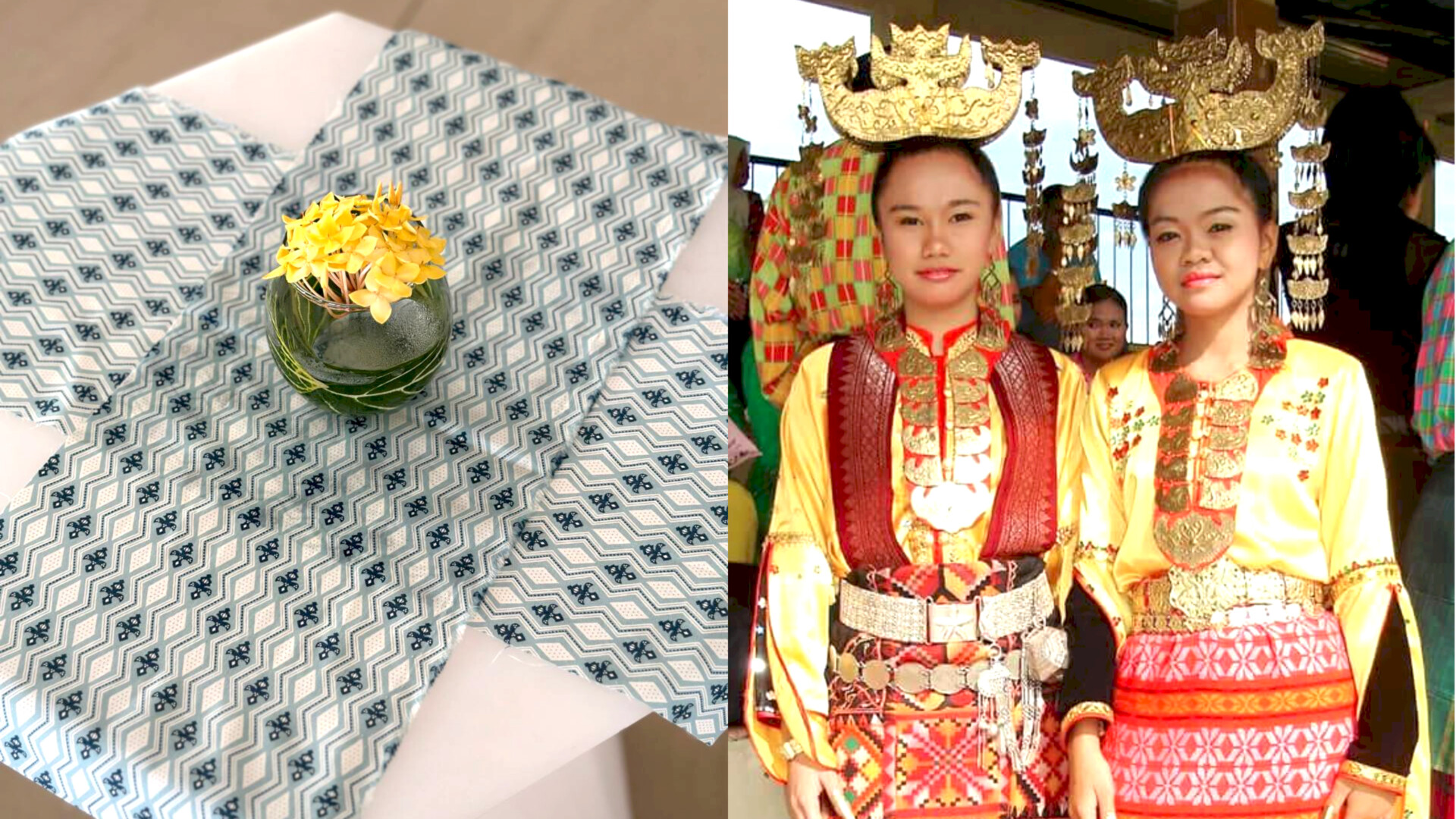
The Sarimpak fabric designs is based on an iconic ornament worn by the Bajah Samah folks in Sabah. Shaped like the horns of a water buffalo, the headgear is typically worn by the Bajau bride-to-be during wedding ceremonies. “The Bajau people are both in Kota Belud and in Tuaran. My process was finding the motives on clothing, and then finding the oldest person in the village and we ask them what it means. We write it down and then I’ll double-check it about 5 times with various people to make sure the story that I got seems consistent among multiple people. From there, I move the shapes and design around until I think it looks fun and hopes that everyone else thinks it looks nice too,” Bethany stated.
So how does one maintain a social enterprise in a very sustainable manner? “Our goal is to find a factory that is also sustainable in their practices. With regard to fabric production, you have a couple of things to think about. If you get an all-in factory, that means they start with the cotton, they spin it into thread, the thread is woven into the fabric, and then they print it and ship it to you. That’s one factory that does all of it. When you have a factory that does the whole process, then you’ll know the origin of your material. For this material (for Rasa Ria), the origin is cotton from the US which means we can guarantee that it was not produced with slave labour or any other sort of shady practices,” Bethany explained.

For Fiona Hagan, the goal has always been to create something that is authentically Malaysian. “It needs to be tactile, and people need to understand that this is an authentic traditional craft,” the Rasa Ria GM clarified. During the genesis of the Sarimpak Robe initiative, Fiona also stressed that it was important for the team in Rasa Ria to arm themselves with the necessary tools – from fabrics selection to handcrafting the designs and right to the tailoring. And who better than Bethany Dawson (with her wealth of knowledge) at their disposal.
“I said, ‘You need to teach my people’ because when you can teach my team to execute this task, we can scale that on a really large basis. My dream is that when we have international conferences and conventions, there would be 200 or 250 people that are making their own batik as a souvenir and taking home, so they could really customise and craft it themselves,” Fiona shared. While she may think that these dreams are “really lofty and aspirational”, perhaps that’s exactly what the community needs. When there’s a strong foundation of community and a sense of belonging, more people will adopt this shared goal of making these dreams a reality.
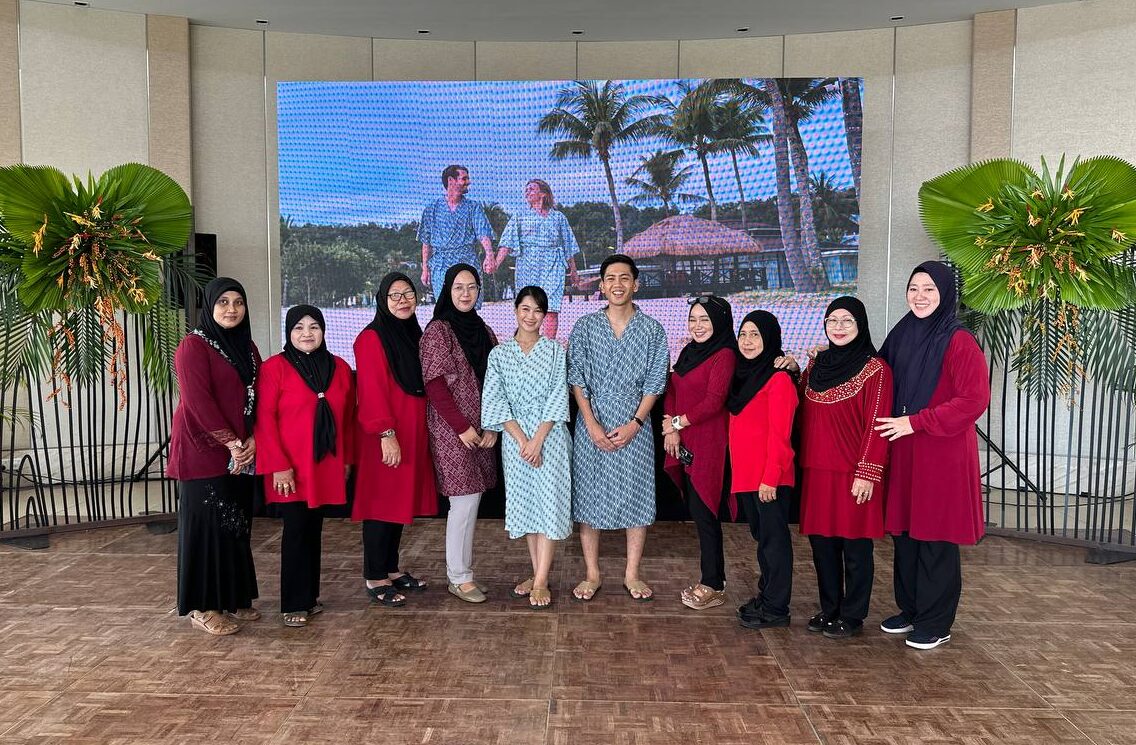
Check out our IG reel below:
To learn more about Shangri-La Rasa Ria’s Sarimpak Robe, click here.
Follow us on Instagram, Facebook or Telegram for more updates and breaking news.


